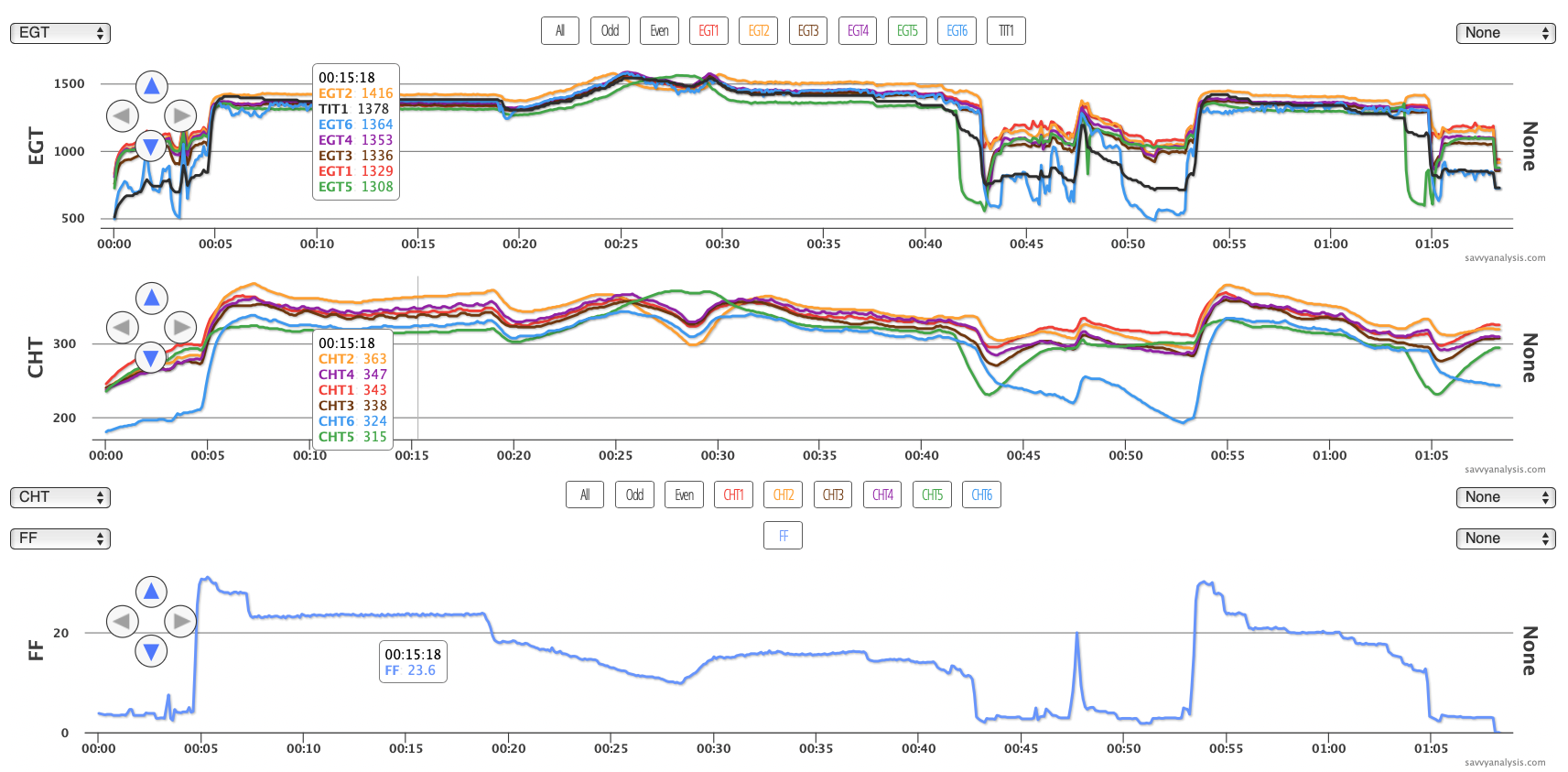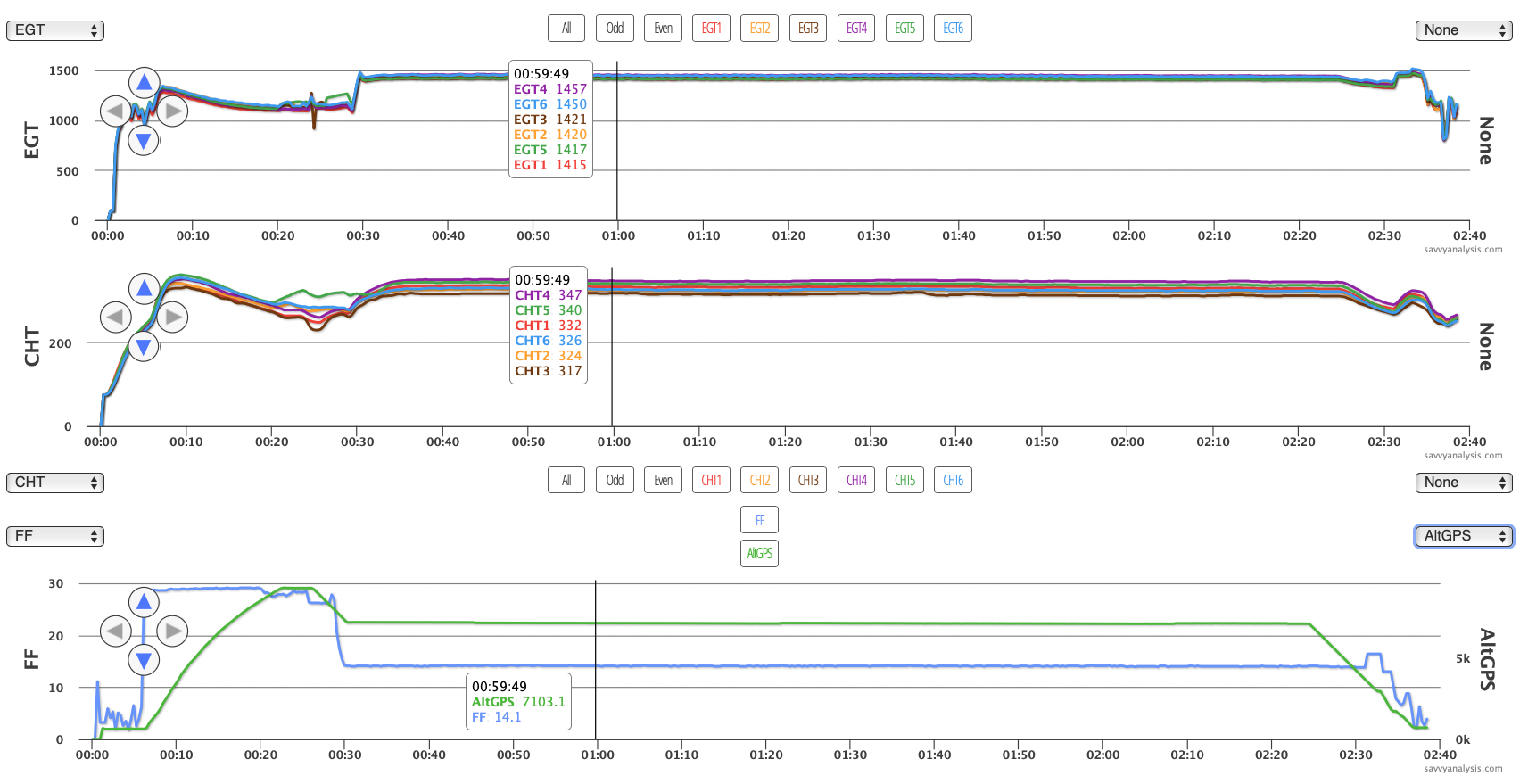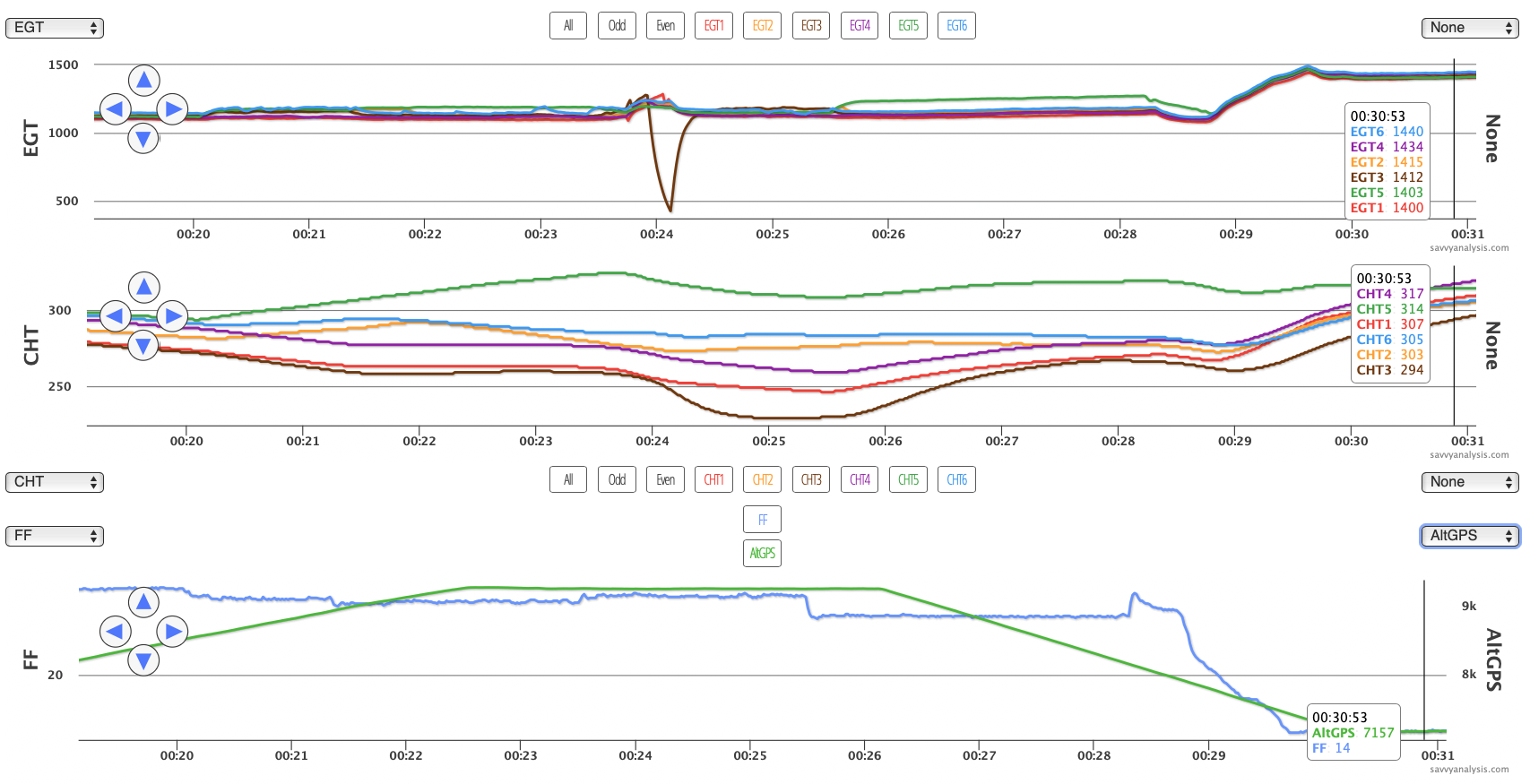I live in California. I moved here from Chicago in 1983. It’s probably safe to say that Californians think about earthquakes every day. Most days it’s a fleeting thought then you go about your life. But when you feel a rumble it becomes top of mind again. I’ve been part of conversations that began in the center of a room, and when we felt a rumble we continued talking as we moved under the protection of a door frame. The best flying and earthquake story I heard was about a flight lesson on final to Burbank airport on the morning of the Northridge quake in 1994, they were lined up nicely and suddenly the runway moved over and back. Then the tower called and announced it was closing and pilots should use the CTAF. I always wondered if that student wound up getting the PPL – or not. For a while after that quake our hangar flying included discussions about what if you were flying at night and there was a quake. You obviously wouldn’t feel it. You wouldn’t see it. How would you know if the runway was damaged until you and your airplane fell in the hole? Then, as time passed, we found more important things to worry about and stopped talking about that.
The thing about earthquakes is, when they give you the Richter number, there’s usually a comment that maybe this is a foreshock to a bigger quake to follow. And that’s how I feel about misfires. You could extrapolate that to include any anomaly you encounter while flying – a turbulent jolt, an unexplained sound, an up or downdraft – but somehow misfires seem more threatening. If you have one, do you expect another? Are you neutral in your expectations but spring-loaded in case there is one? Or do you just take them as they come with no worry in-between?
Feel free to leave a comment about your attitude and expectations regarding misfires.
This would be an appropriate introduction to a series of engine data from misfires on different engines and different airframes. Two problems with that – first, I didn’t have a whole drawer full of misfires this month. Second, if you knew these were all misfires then there wouldn’t be anything puzzling about it.
Let’s start this month with data from a Cessna Turbo 210 with a Continental TSIO-520 and data from a JPI 730 with a 6 sec sample rate. EGTs on top, then CHTs and FF below.

The anomalies are cyl 6 at low power – it looks better in flight – and the EGT and CHTs patterns of cyls 2 and 5 because they swap ranks when FF is reduced. EGT and CHT 2 start out highest then move to lowest during the mixture sweep, and vice versa for EGT and CHT 5. MAP, which is not displayed, is almost 17″ at idle, and that’s high enough to suspect an induction leak for cyl 6. We expect the see the effect of an induction leak more at low MAP settings when the difference between engine pressure and ambient pressure is greater. So that’s our recommendation for cyl 6 – check induction. The EGT trace is wobbly enough that we can’t rule out weak spark from a plug, but it could just be a side effect of the lean mixture and the leak.
What about 2 and 5? Since we have mixture sweeps, let’s switch to GAMi mode and zoom into the sweeps.

6 is a mess but we think we know why. 1, 3 and 4 peak pretty close together, and 2 and 5 are the bookend outliers. When Mx clients submit data, we know about the maintenance history of the plane. With QA and SavvyAnalysis Pro clients, it would help us to know that this plane just came out of annual – because we’re pretty sure that injectors 2 and 5 got inadvertently swapped and the spread should improve a lot when they’re back in their proper cylinders. We’d like to say these injector swaps never happen during maintenance. Unfortunately they happen too often – but they’re fairly easy to spot and remedy.
Next up is data from a Cessna T310R with Continental TSIO-520 engines and data from a JPI 760 with a 6 sec sample rate. L engine EGT and FF on top, with R engine EGT and FF below.

FF is nice and steady on both sides during idle and taxi out. Looks ok at takeoff, then the strange pattern begins. It’s a series of almost light-switch-type moves in FF from 33 GPH to 27 GPH. There’s an intermediate jump at the 30 min mark, and starting about 45 mins the jumps get farther apart. Then, on approach, the jumps go away. And all the while, EGTs in flight barely move. Our client reported that there was no surging or rough running – the only indication of abnormality was the FF display on the JPI.
If we saw this on a single engine plane we’d suspect the sensor itself, or maybe the wiring from the sensor to the panel. On a twin, it’s hard to believe that two independent sensors would fail identically, or that the wiring would be the issue – unless it were the wiring right at the JPI unit. We have seen strobes have an impact on engine data, but it’s usually EGTs and not FF. And this is not likely to be strobes, because the cycles are initially about 5 minutes apart, then get even slower. Strobes would be firing every few seconds.
The owner reported that the airport had replaced its 100LL fuel tank and they had been refueling from a different tank recently, and could old or bad AVgas or water in the gas be the problem? It could, if we were seeing unusual combustion – but we’re not. It appears to be electrical and intermittent electrical problems are often the hardest to solve. This one is still a puzzler – if you have a theory feel free to comment.
We’ll finish this month with data from a Cirrus SR22 with a Continental IO-550 and data from a Garmin Perspective with a 1 sec sample rate. EGTs, CHTs, then FF and ALTitude from the GPS. The cursor isn’t on anything notable – just out of the way.

Takeoff and initial climb are uneventful. The pilot reduces FF a little toward the end of climb (to 9000). When the pilot pushes the nose over a few things happen. Let’s zoom in to about 19 to 31 mins. Again, cursor is just out of the way.

CHT cooling had been pretty good in the climb but does react when FF is reduced, even that small amount. The spread widens as CHT 5 moves higher and 1 and 3 move lower. EGT 5 moved up a little, and EGT 6 isn’t as steady as we like to see. But the surprise comes from cyl 3 at the 24 min mark. EGT drops dramatically – corroborated by CHT 3 – then recovers and behaves for the next 2+ hours. The pilot did make a decision to descend to 7000. High altitude misfires do occur, but we typically see that at the flight levels, and wouldn’t expect it to be cured by a descent from 9000 to 7000.
This is one of those scenarios where there’s not enough evidence to support attacking the plugs and mags with tools. We’d be fine if we never saw this again, but if we do, we’d want to compare and contrast the power settings and flight conditions. Meanwhile, you have to wonder if it’s a foreshock.